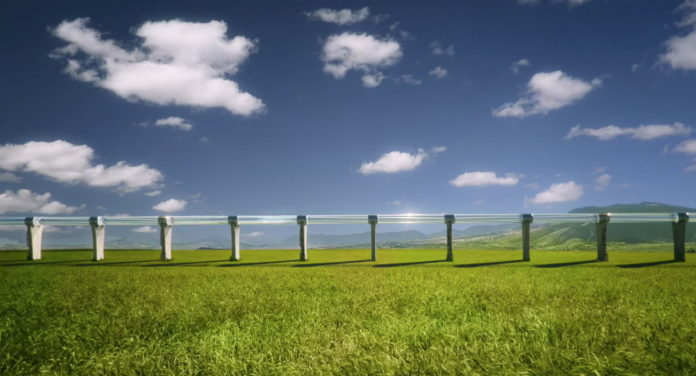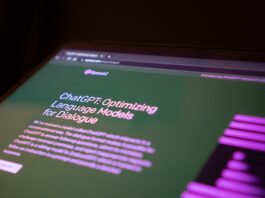Elon Musk aka Tony Stark is known for his out of the sphere thinking, box is too outdated for this guy! Don’t believe me? Go through this, you’ll know why. He, being brutally curious about the future of transportation, labored this amazing idea with his super-talented team and several interested companies.

Hyperloop–the latest method for the future of transport is a mind gem by the entrepreneur and billionaire Elon Musk.
What is Hyperloop?
It’s an intelligent mode of transport, Elon says it, the fifth mode of transport. Historically, we’ve been using cars, locomotives, airplanes, ships and technically rockets but that doesn’t really count, cause you’ve never been on one. The Hyperloop will be the fifth form of transport.

Shortly speaking, Hyperloop is a high-speed transport facility in which passengers sit in a pressurized close capsule called pod that rides on a thin cushion of air. The capsule operates in a sealed near-vacuum environment. The propulsion system is still under thought processes of various scientists and engineers about what to be chosen from a number of available options.
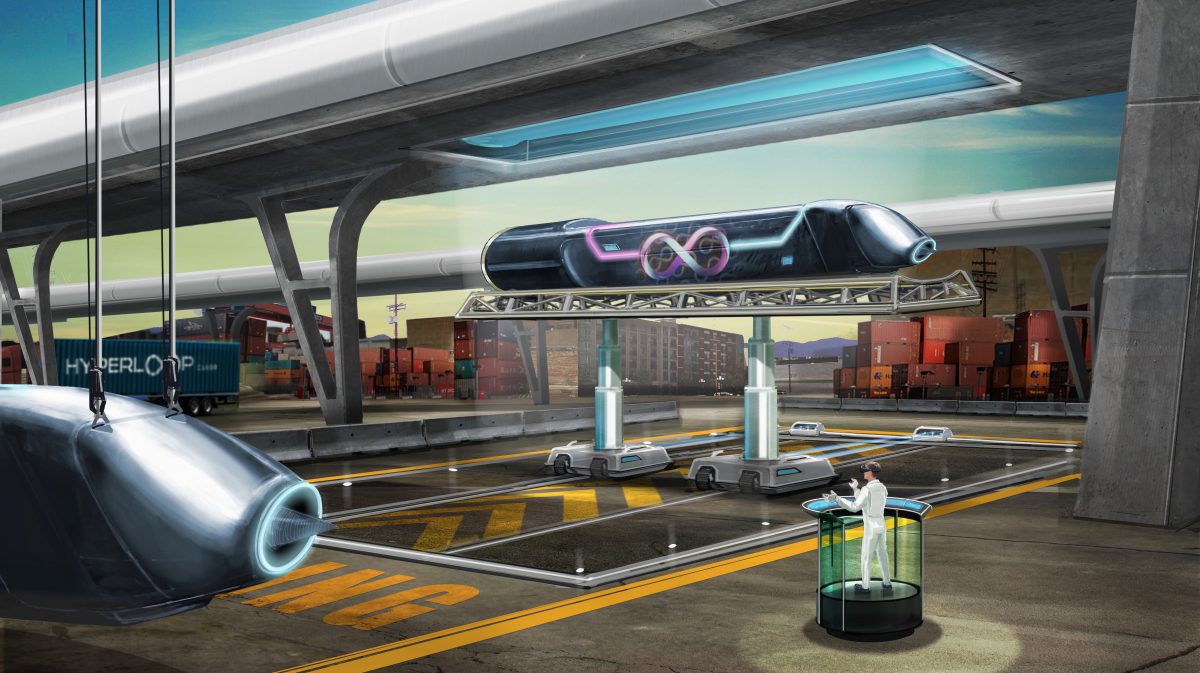
Two of which are Magnetic Levitation and Air Pressure. Similar to that of an air hockey table. Elon uploaded a white paper documentation-cum-blueprint. The blueprints are pretty complicated, there’s math, but it’s really not that hard.
It’s like a tube with an air hockey table, low pressure tube with a pot in it that runs on air bearings. Air skis with an air compressor on the front, taking the high pressure air, built up on the nose and pumping it through the air skis!

The average proposed speed is 900 km/h and a top speed of 1400 km/h. Musk, a busy man really doesn’t have that much time to think on this one. He’s too occupied building space rockets with SpaceX, electric cars–Tesla and batteries to power homes–Tesla Powerwall.
You can check out the official blueprint for Hyperloop here.

So, he has given away this idea and outsourced it to the people and companies. In the form of a competition, a lot of companies have formed to take on the project. Even some students working on the same cause have formed teams and are working together to advance the Hyperloop technology. Why does Elon Musk want to do all of this? What’s the point?

“What we really intended to do with the hyperloop was to spur interest in new forms of transportation and I think I’m starting to think that this is really gonna going to happen. So, yeah it’s clear that the public and the world wants something new!” –Elon Musk, 2016
You feel us, Elon!
In 2012, at an event in California, he announced that he was thinking of the fifth mode of transport. This is that moment, Hyperloop was no more a mind thought. Elon states in another of his interviews that the initial concept came to him when he was stuck in Los Angeles traffic which caused him to be one hour late for a meeting.
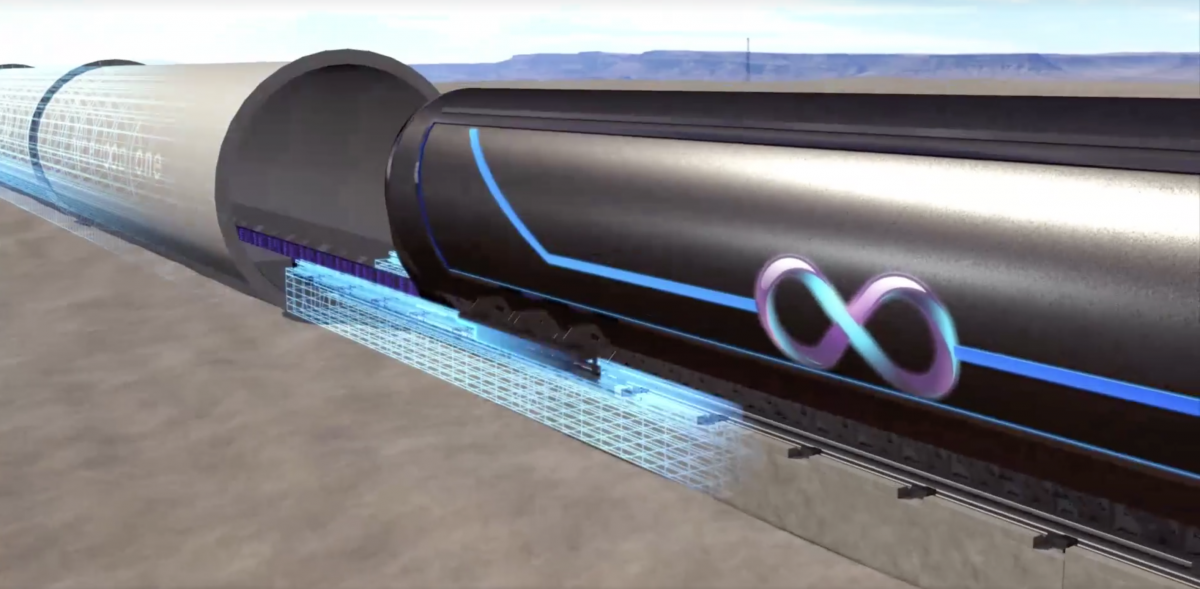
The pods of Hyperloop can’t crash. It’s also much cheaper to build them, about one-tenth the cost of the proposed California High-speed Railway System this means that tickets could cost as little as 25 $. It’s also a lot faster. You can basically get from Delhi to Mumbai in 55 minutes and it will take about the same time to get from Mumbai to Chennai.
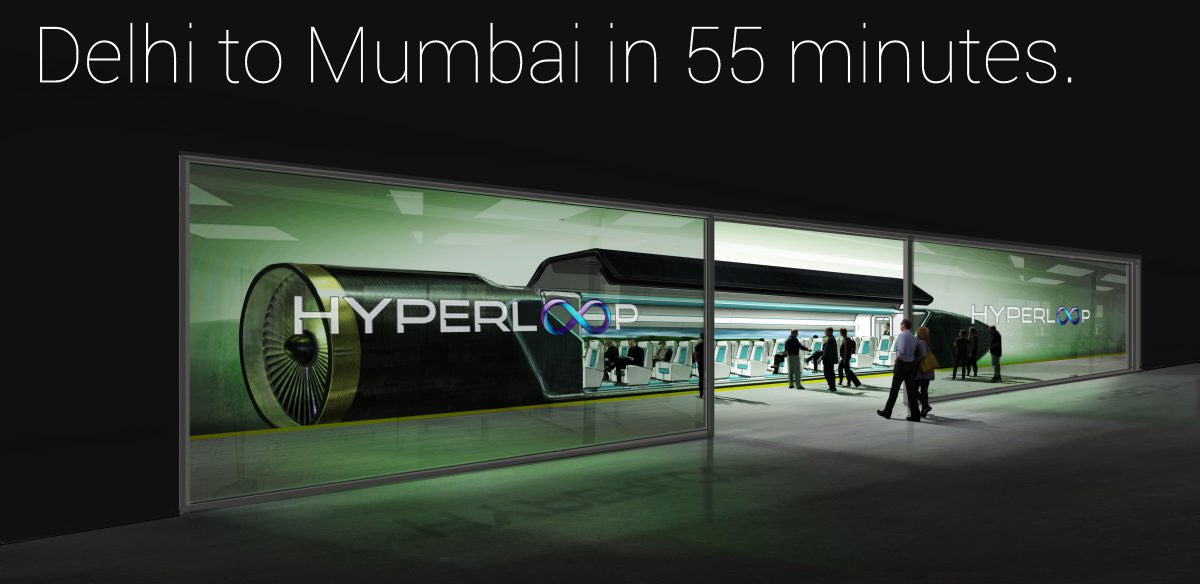
It’s also extremely energy efficient due to solar power usage and in fact the Hyperloop could generate more energy than it consumes. As being in a closed system you generate more power than you consume. And it has a way to store the power so that it would run 24/7 without using batteries. Technically it’s a power plant. This is genius!

Theorists say that the experience could be scary because passengers would be in a narrow, sealed, closed pod inside a sealed tunnel. The fast acceleration and noisy shakes could cause motion sickness. There are also questions regarding how to safely solve the equipment malfunctions, accidents and emergency evacuations. Eventually, the cost may be higher than anticipated. Elon says that he realizes these challenges but believes in the skills and innovation of those working on the problem. Designs may change in future.

Surprisingly, the idea of Hyperloop is over 200 years old! In 1812, British mechanical engineer and inventor George Medhurst wrote a book detailing his idea of transporting passengers and goods, through airtight tubes using air propulsion. The first real working application of a Hyperloop transport system was the Crystal Palace Pneumatic Railway. This operated in 3 tunnels in London,1864 and used huge fans, powered by steam engine. It operated successfully for a year before it was closed down.

As of now, tracks are being constructed in Nevada. Engineers are testing the systems and perfecting the designs. Three companies have already begun funding, to operate the beast.They are:
- Hyperloop Transportation Technologies Inc.
- SpaceX
- Hyperloop Technologies
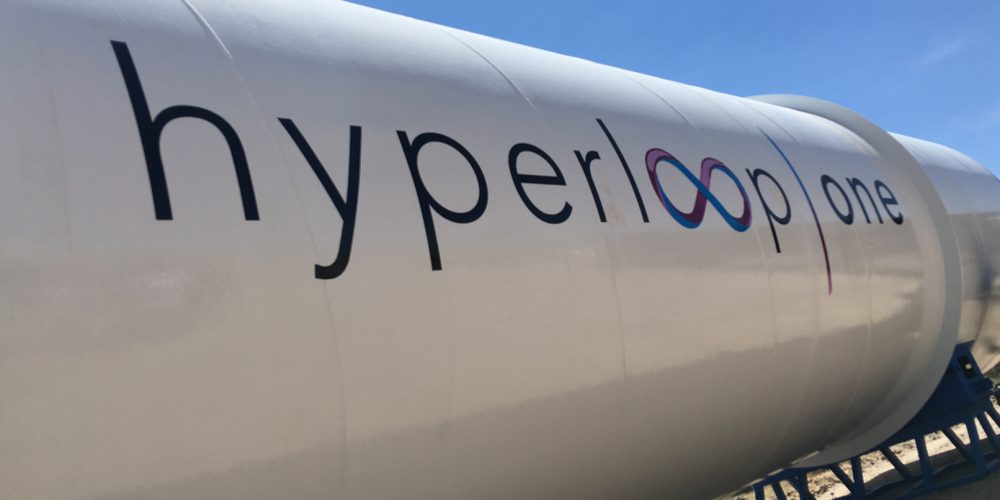
Hyperloop Technologies and Hyperloop Transportation Technologies Inc. have been talking to ten governments including China and India to build Hyperloops in their major cities. Here are some companies interested to fund Hyperloop in India:
- AECOM – Bengaluru-to-Chennai: 334 km in 20 minutes. Meeting the demand of a passenger and freight super-corridor growing at 15% a year.
- LUX Hyperloop Network – Bengaluru-to-Thiruvananthapuram: 736 km in 41 minutes. Connects two major ports in southern India with population centres of Coimbatore and Kochi.
- Dinclix GroundWorks – Delhi-to-Mumbai via Jaipur and Indore: 1,317 km in 55 minutes. Freight and passengers. Connects two megacities and creates seaport access for landlocked intermediary cities in the interior.
- Hyperloop India – Mumbai-to-Chennai via Bengaluru: 1,102 km. 50 minutes. Phased development for freight and passengers. Boosts capacity at ports of Mumbai and Chennai creates a Suez Canal-like link between India’s coasts.
- Infi-Alpha – Bengaluru to Chennai: 334 km in 20 minutes. Meeting the demand of a passenger and freight super-corridor growing at 15% a year. Connects with major airports.

Yeah, the future is bright and full of unlimited possibilities!
MATLAB ran a test with Simulink, to see how the Hyperloop would perform on the proposed Californian route. And realised that the Hyperloop stays mostly within the defined passenger comfort region of the graph. It actually seems like, this idea could be pretty comfortable, mathematically and theoretically speaking.

Hyperloop has open-sourced whole project over the web so that anyone can contribute to the cause. Musk has been organising these worldwide competitions for the track, tunnel and pod designs. A number of student and non-student teams are participating in these competitions. SpaceX sponsored a Hyperloop pod design competition. In just one month, 750+ teams submitted applications. In January, 2016. More than 120 student engineering teams were selected to submit final design packages. And only 22 teams out of them will built the hardware to compete on a test track in California.
Check out this infographic showcasing the latest pod design and specs of Hyperloop–here.
The first full-system Hyperloop test in a vacuum environment was completed in mid-May at its development test loop. It worked out, perfectly.
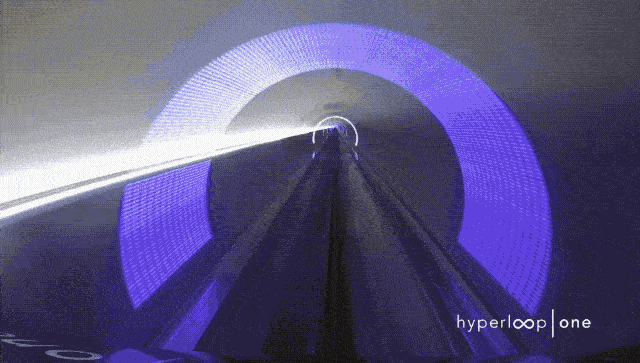
“For the first time in over 100 years, a new mode of transportation has been introduced” said Shervin Pishevar, co-founder and executive chairman of Hyperloop One.
Hyperloop is real, and it’s here now.

Musk never fails to amaze me! This is a great opportunity for the budding engineers and scientists. I find this a major revolutionary step in the history of human transportation. The possibilities are endless and hyperloop will bring us one step closer.
“I could either watch it happen or be a part of it.”
–Elon Musk

